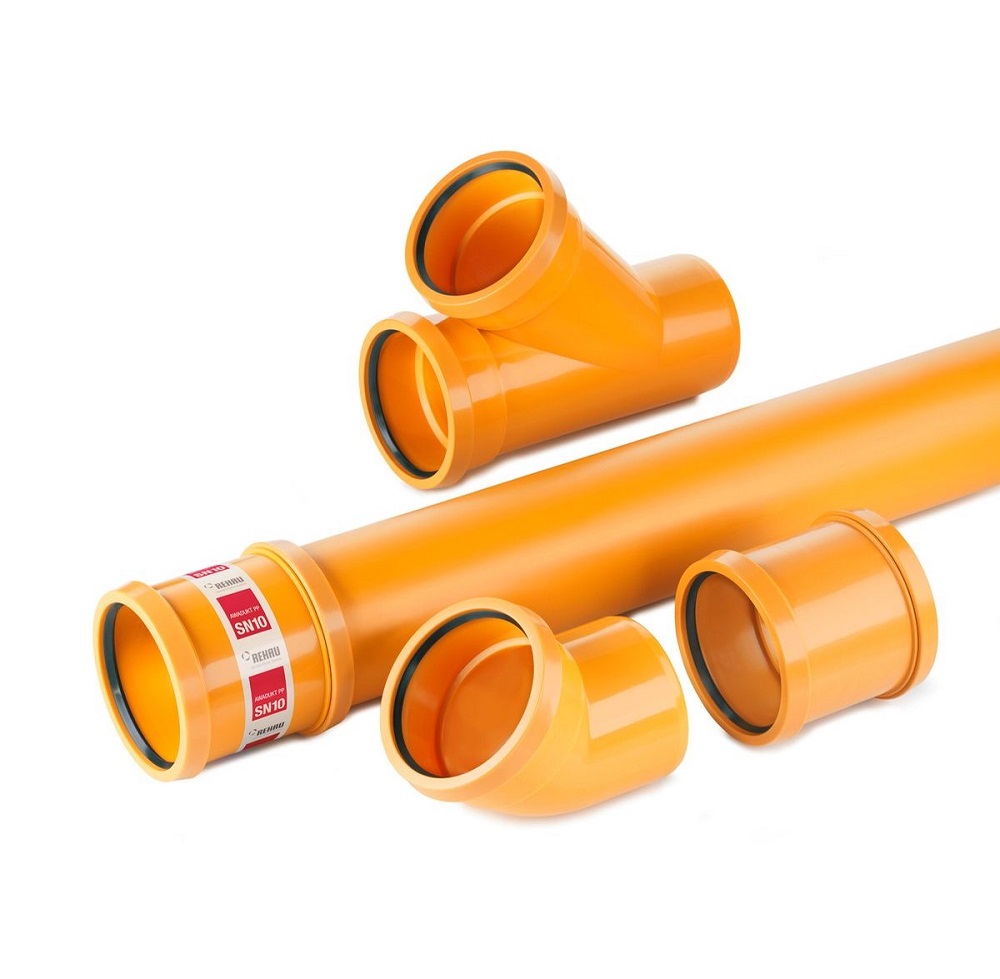Sustainable fabric
In the last decade, the supermarket industry as a whole has been addressing the environmental impact of its produce, making a move towards sustainable sourcing, bags for life, recycling bins etc. In recent years, the focus has evolved, and supermarkets are now looking beyond the interior and what is stocked on their shelves, to address the envelope and surrounding exterior of the building itself.
Plans for Tesco’s store in Newmarket, Suffolk, followed the supermarket’s ‘eco store’ pledge which states that they will reduce the carbon footprint of their main stores by 70% between 2007 and 2020. The plans go above and beyond the updated building regulations of 50% carbon reduction, ensuring that the stores are as energy efficient as possible. In addition, the store is working towards a high BREEAM rating of ‘Very Good’.
The Newmarket store comprises a single-food store with a sales area of 70,000 ft², featuring a mezzanine-level customer café and staff office accommodation. The building, along with a petrol filling station, sits within a landscaped environment, replacing the adjacent existing Tesco food store on the site.
Every little helps
As with Woods Hardwick’s design for the Tesco Eco Store in Corby, the Newmarket development aimed to meet the statutory requirements of Tesco’s own stringent environmental criteria. With the aim of a low environmental impact from the outset, the envelope, building fabric, structural components and composition had a crucial role to play in the overall development.
The plans incorporated both sustainable material choices and energy efficient elements, whilst maintaining a robust structure which could withstand the harsh environment and unpredictable British weather. The building was clad in a combination of glazed curtain walling units to the front elevation, and timber cassette panels faced in a larch outer rainscreen to the side elevations. Internally, the engineered timber frame was exposed, complementing the outer timber and creating a texturally and visually pleasing aesthetic, as well as reducing the building’s embedded carbon by 20-25%.
The envelope features a rainwater harvesting roof, which accumulates and deposits rainwater to reuse safely on site, rather than allowing it to run off. The building is topped with a series of Monodraught windcatchers, which provide both a statement feature and an ability to provide sustainable, natural ventilation to the store.
To further enhance the ‘eco’ experience, and reduce the energy demand of the building, large format rooflights were installed to deliver natural daylight deep into the sales floor, supplementing the need for artificial light, and helping prevent excess heat gain or loss. The heat retention capabilities of the store were further enhanced with the help of a draught lobby, lowering the demand on artificial heating.
Extended eaves were introduced to assist with the solar shading of the building, making further use of the natural environment to reduce carbon footprint and excessive use of energy.
These eco-friendly additions not only reduced the store’s carbon footprint, but also enhanced the customer experience, as Mark Appleyard, director at Woods Hardwick, explains: “The use of natural lighting makes the store feel bright and welcoming, while the draught lobby and wind-catchers help it to feel less cramped and stuffy, as the natural ventilation improves airflow.”
The sustainable considerations are extended beyond the external envelope, with every element of the internal facade being benchmarked against eco-friendly credentials.
Considerate design
With any eco development, there is always the danger of the build looking out of place in its surrounding environment. However, with the Newmarket store, the team at Woods Hardwick adopted a sensitive approach in the development of the site, ensuring that the strong design added value to the appearance of the area.
Woods Hardwick worked to create a building sensitive to the local area, incorporating physical and visual linkages between the store and the surrounding environment to assist community cohesion.
The landscaping scheme was basic yet sympathetic, complementing the building and softening the hard edges of the external spaces.
Keeping with the sustainability initiative, Tesco’s Newmarket eco store offered more cycle racks than in traditional stores, encouraging cycling to shop and work. This contributed towards meeting the benchmark of the BREEAM framework which gives points across areas as diverse as air quality, ecology and encouraging cycling.
Considering the external environment, internal demands, BREEAM Benchmarks and the supermarket’s own high environmentally-conscious standards, Woods Hardwick adopted a holistic approach to developing Tesco Newmarket’s eco store, which is being built to leave a lasting legacy in both environmental and building terms.




















